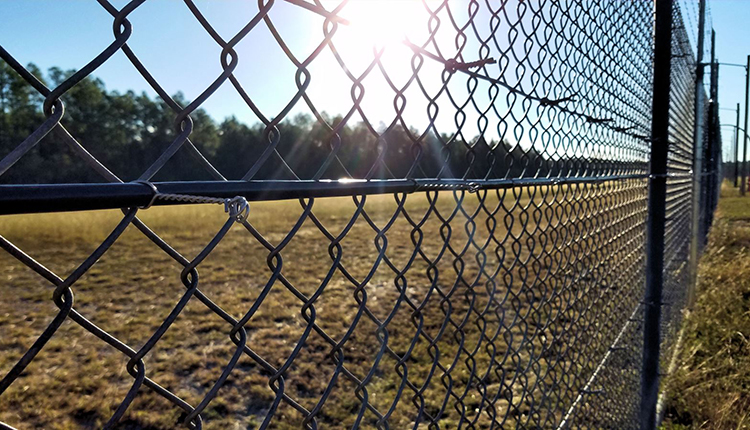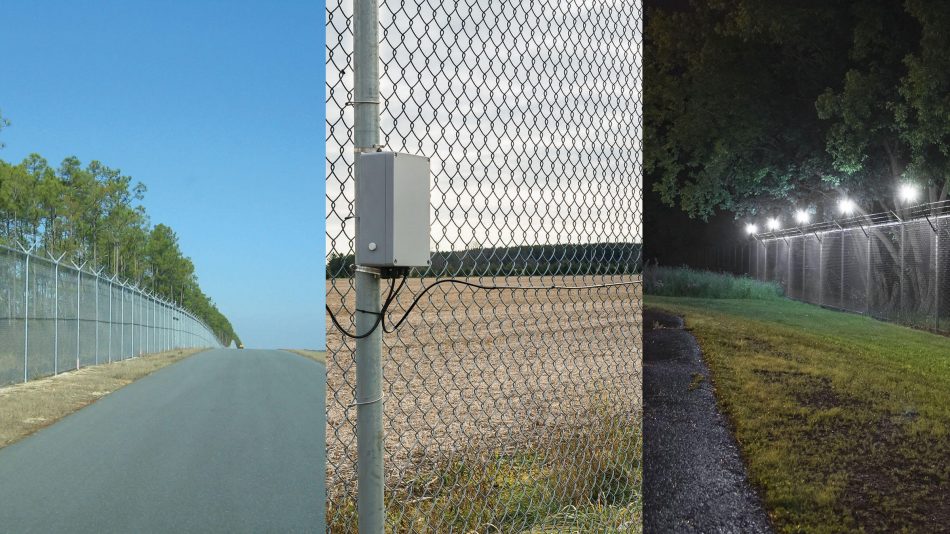Investing in a Fiber Optic Security System: How It’s the Future of Secure Systems
Why Fiber Optic Safety And Security Systems Are the Future of Defense
The change to fiber optic safety systems marks a significant advancement in the realm of security, driven by their outstanding information transmission capacities and resilience to external disturbances. As the landscape of protection progresses together with arising modern technologies such as AI and IoT, the capacity for fiber optics to improve and redefine safety and security frameworks ends up being increasingly apparent.
Benefits of Fiber Optic Systems
Among the primary benefits of fiber optic systems is their superior bandwidth ability, which promotes the transmission of huge quantities of information over fars away without significant loss. This characteristic is particularly helpful for protection applications that call for the constant surveillance and transfer of high-definition video clip feeds, sensing unit data, and various other essential information. Optical fiber can fit the expanding demands of contemporary safety and security systems, making sure that information continues to be intact and trusted.
Furthermore, fiber optic wires are less susceptible to electromagnetic disturbance, which can be a significant issue in environments with numerous electronic gadgets. This resistance boosts the stability of the data being transferred, thereby decreasing the danger of information violations or system failings. Furthermore, fiber optic systems are inherently extra safe than typical copper cords, as touching into a fiber optic line without detection is exceedingly hard.
The durability of fiber optic wires also adds to their appeal. They are immune to ecological factors such as dampness and temperature level variations, reducing maintenance prices and boosting system longevity. Overall, these benefits position fiber optic systems as a robust and effective selection for modern safety frameworks, guaranteeing reliable and secure information transmission.
Enhanced Information Transmission Rate

The ability to transfer vast quantities of information rapidly helps with the seamless combination of high-def video clip feeds and progressed analytics. Protection systems can currently refine and examine details in real-time, enhancing response times and situational awareness. Furthermore, fiber optic links support longer transmission distances without deterioration of signal high quality, making them optimal for extensive protection networks.
The enhanced speed of fiber optic systems not only boosts the effectiveness of safety operations but additionally lowers latency. This is specifically essential in critical situations where timely decision-making can protect against security violations or reduce potential threats. As companies continue to prioritize safety and security and performance, the need for rapid and reliable information transmission will undoubtedly strengthen fiber optic systems as a foundation of modern security infrastructure.
Resistance to Interference
Fiber optic safety and security systems regularly show extraordinary resistance to electromagnetic disturbance, a critical advantage in settings susceptible to digital sound. Unlike standard copper cable televisions, which can be adversely impacted by magnetic fields, radio frequency disturbance, and various other forms of electrical disturbance, fiber optic cable televisions make use of light to send information. This integral property guarantees that the signals stay clear and unchanged, no matter of surrounding electronic task.
Making use of glass or plastic fibers in fiber optic technology develops a barrier against interference, permitting reputable information transmission also in difficult circumstances such as industrial facilities, city areas with high digital website traffic, or places near radio towers. This particular substantially minimizes the likelihood of signal deterioration or loss, making fiber optic systems especially appropriate for security applications where integrity and accuracy of information are critical.
Additionally, this resistance to disturbance improves the total performance and integrity of protection systems, ensuring that tracking and alert systems operate seamlessly. In a world where safety and security is increasingly threatened by advanced technologies, the strength of fiber optic systems attracts attention as a critical function, reinforcing their status as a necessary part of modern safety facilities.
Cost-Effectiveness Over Time
Significant cost savings can visit this site right here be attained with time with the execution of fiber optic security systems. While the preliminary financial investment might appear higher contrasted to traditional copper-based systems, the long-lasting financial advantages emerge with minimized operational and upkeep costs (fiber security). Fiber optic cables are inherently extra long lasting and much less susceptible to ecological aspects, which equates to reduce substitute and fixing expenses over their life expectancy
Moreover, fiber optic systems require much less power to run, which further decreases power costs. Improved data transmission capabilities enable for less repeaters and amplifiers, decreasing devices financial investment and improving setup procedures. The scalability of these systems also adds to cost-effectiveness, as companies can expand their protection framework without sustaining significant extra expenses.
Another aspect to take into Learn More consideration is the boosted performance in monitoring and reaction capabilities that fiber optics offer. Boosted real-time information transmission can result in quicker occurrence feedback times, possibly mitigating losses and responsibilities connected with safety violations. Altogether, the lasting benefits of fiber optic security systems not just validate the first expense but additionally position them as an economically sensible option for organizations looking for durable security remedies.

Future Innovations in Protection
Progressing modern technologies are established to reinvent security systems, integrating expert system (AI) and artificial intelligence to improve threat detection and action abilities. These developments will certainly enable safety and security systems to evaluate huge quantities of information in real-time, recognizing patterns and abnormalities that show prospective threats. This positive method will enable faster decision-making and much more efficient event responses.
Furthermore, the consolidation of the Web of Things (IoT) is leading the way for interconnected safety and security devices, providing extensive monitoring and tracking. Smart sensors can communicate information about environmental adjustments, while automated signals can alert safety and security workers right away of questionable tasks.
In addition, the advancement of biometric modern technologies will even more bolster safety systems. Facial acknowledgment, finger print scanning, and retina identification are ending up being much more sophisticated, giving layers of authentication that are difficult to bypass.
Verdict
Finally, fiber optic security systems stand for a considerable improvement in security technology, supplying unmatched data transmission speed, resistance to electro-magnetic disturbance, and long-term cost-effectiveness. As the demand for innovative safety and security helpful resources solutions remains to expand, the combination of optical fiber with arising innovations such as AI, IoT, and biometrics will better enhance safety infrastructures (fiber security). The mix of these developments will certainly guarantee an extra safe and receptive environment, strengthening fiber optics as a cornerstone of future safety systems